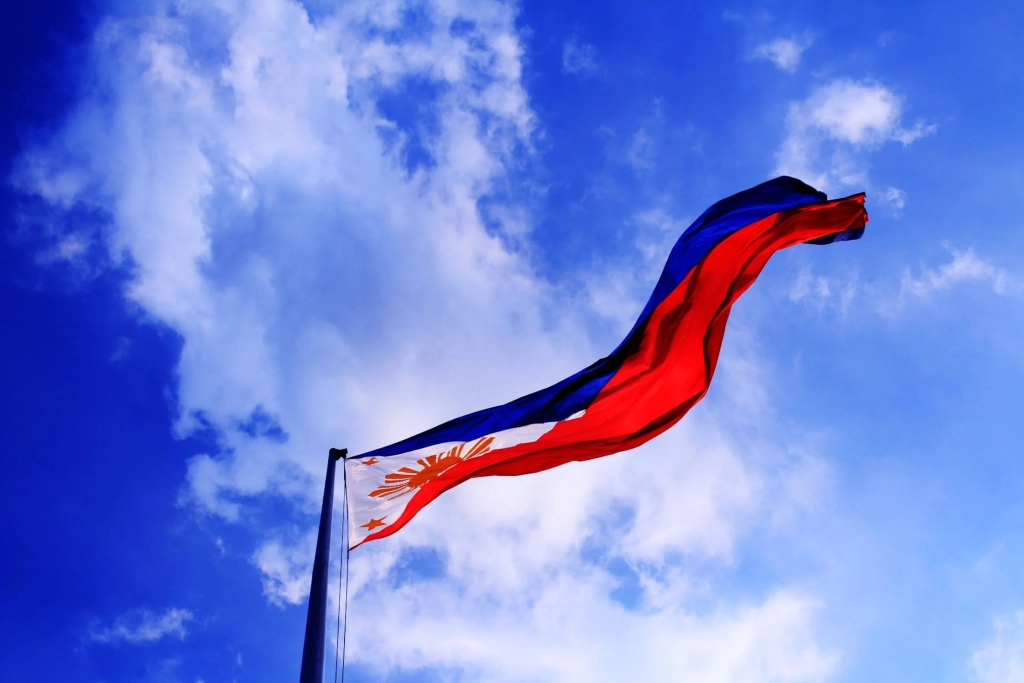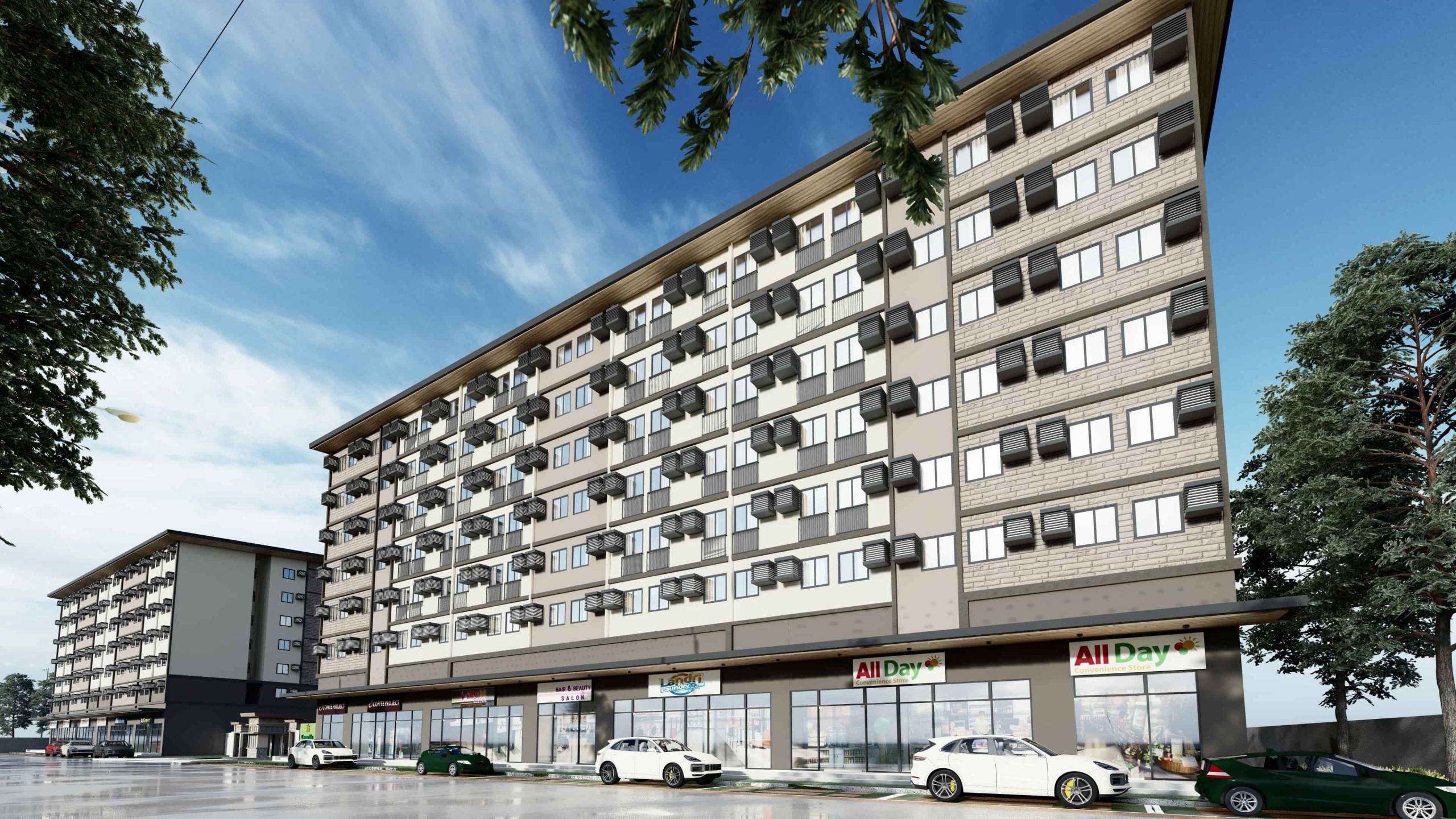
In accordance with Republic Act No. 4166, every year on June 12th, many Filipino communities around the world hold on their own, wherever they are in the world, versions of the nation’s Independence day celebrations with much pride and fanfare.
This annual commemoration marks a significant milestone in Philippine history – the end of over three centuries of Spanish rule and the birth of an independent Philippine republic. Known as the “Araw ng Kalayaan” the Philippine republic day is a celebration of the country’s inherent and inalienable right to self governance.
But how did this journey toward liberation begin? From revolution to resilience, join us as we take a journey through how the Philippines gained independence and explore key historical sites, figures, and celebrations that have shaped the country’s past, present, and future.
A National Holiday and its Significance to Filipinos
Philippine Independence Day, also known as Araw ng Kalayaan, is a national holiday in the Philippines commemorating the country’s national independence from Spanish colonial rule on June 12th, 1898.
It marks the day when General Emilio Aguinaldo declared the sovereignty of the nation and raised the Philippine flag for the first time.
For Filipino communities around the world, Independence Day holds significant cultural and historical importance. It serves as a reminder of their ancestors’ sacrifices to secure freedom and self-determination for future generations. The day symbolizes unity, resilience, and the people’s declaration of pride in their identity.
The Roots of the Struggle for Independence
The roots of the struggle for Philippine independence run deep into the country’s history. The Philippines was a Spanish colony for over three centuries, and its people were subjected to harsh treatments from their colonizers.
The injustices they experienced under colonial rule fueled a desire for freedom that would eventually lead to a revolution.
In 1896, the Philippine Revolution broke out against Spanish colonialism. Led by revolutionary figures such as Andres Bonifacio and Emilio Aguinaldo, Filipinos fought bravely to assert their sovereignty.
Key historical sites such as Balintawak and Pugad Lawin served as important gathering places for revolutionaries in their fight against oppression and for their own destiny.
This early struggle laid the groundwork for future movements toward greater autonomy. It inspired generations of Filipinos to continue fighting for independence through peaceful means or armed resistance.
Key Historical Sites
Balintawak
Balintawak and Pugad Lawin are two of the most important historical sites in the Philippines as they played a crucial role in the Philippine Revolution against Spanish colonialism.
The Cry of Balintawak, which happened on August 26, 1896, was a pivotal moment during the revolution. It was here where Andres Bonifacio and his Katipunan forces tore up their cedulas or identification papers to signify their rebellion against Spanish rule.
The event brought together rebels and Filipino revolutionaries from different parts of Luzon, making it possible to launch coordinated attacks against Spanish military installations across Philippine islands and various regions.
Pugad Lawin (or “Hawk’s Nest”) is another critical site that played an essential role in Philippine history. It is famous for being where Bonifacio first unfurled a flag designed by Emilio Aguinaldo, signaling unity among all revolutionaries fighting for freedom against Spain.
The raising of this flag became known as “The Cry of Pugadlawin,” marking Filipinos’ willingness to fight until death if necessary to gain independence.
Kawit, Cavite
The Philippine Declaration of Independence in Kawit, Cavite marked a significant moment in the country’s independence and history. On June 12, 1898, Filipino revolutionary leader Emilio Aguinaldo proclaimed the Philippines as an independent nation from Spanish colonialism.
The declaration from Spanish rule was made during a gathering at the ancestral home of Aguinaldo located in Kawit, Cavite. The Philippine national flag was also raised for the first time while playing the national anthem, “Lupang Hinirang.”
This event paved the way for Filipinos to establish their government and form their own identity as a nation.
Today, this historical site is celebrated every year on Independence Day with various activities such as wreath-laying ceremonies and military parade. Visiting this site allows people to pay homage to our forefathers who fought valiantly for our freedom and independence.
Balangiga Church in Samar
During the Philippine-American War, the small town of Balangiga in Samar played a significant role in the resistance against American occupation.
The town’s church, which was used as a barracks by American soldiers, became the site of an attack by Filipino revolutionaries on September 28, 1901.
Led by Valeriano Abanador, around 300 Filipinos launched a surprise attack on American troops during breakfast time. Using only bolos and other improvised weapons hidden inside rice sacks, they killed around 48 Americans and wounded dozens more.
This event came to be known as the Balangiga Massacre and sparked retaliation from US forces that led to further violence across Samar. However, it also became a symbol of Filipino resistance against colonialism and imperialism.
Today, the Balangiga Church remains an important historical site for Filipinos who remember their ancestors’ bravery and sacrifice in fighting for independence.
In December 2018, after years of negotiation between Philippine and US officials over its return to the Philippines from Wyoming where it has been displayed since the war ended, the historic bells taken by American troops were finally returned by American President Donald Trump to government officials.
Corregidor Island
During World War II, the Philippines was occupied by Japan, and one of the most important battle sites during this time was Corregidor Island. The island served as a strategic location for both American and Japanese forces due to its position at the entrance of Manila Bay.
The Battle of Corregidor in 1942 saw intense fighting between American and Filipino troops against the Japanese. Despite being heavily outnumbered, they were able to hold out for several months before ultimately surrendering.
The Death March Route
The Death March route is another significant location during World War II as it was where thousands of Filipino and American prisoners of war were forced to march from the province of Bataan to Capas, Tarlac in April 1942.
Popularly known throughout the world as the Bataan Death March, about 75,000 Filipino and American troops on Bataan Peninsula were forced to march a painful 106 kilometer stretch to prison camps. From Mariveles, Bataan to Capas in Tarlac. After the Americans surrendered Bataan to Japanese forces in 1942, the prisoners of war (POWs) were subjected to inhumane treatments by the Japanese. This claimed the lives of an estimated 17,000 POWs perished during and after the the Death March of Bataan.
Today, visitors can explore both Corregidor Island and portions of the Death March route through guided tours that allow them to learn about these important locations in Philippine history.
These sites serve as a reminder not only of the sacrifices made during wartime but also of how Filipinos remained resilient even during times of great adversity.
The Barasoain Church in Malolos, Bulacan
More than being one of the country’s fascinating religious edifices, it is worth noting that the Barasoain Church in Malolos, Bulacan was a silent witness to numerous historical events in the country. Earning the title “Cradle of Democracy in the East,” Barasoain is one of the most important religious buildings in the Philippines and the site of the first Philippine Republic.
In fact, three major, vital events happened in the church. In 1898, the First Philippine Congress convened in this church after the people’s declaration of independence. The Malolos Constitution was drafted in Barasoain in 1899, and the First Philippine Republic Inauguration in 1899 as it migrated from a revolutionary government.
The Long Road to Philippine Independence
In 1898, Emilio Aguinaldo issued a decree, then known as Cavite El Viejo, proclaiming June 12 as the day of Philippine Independence at his house in Kawit, Cavite and signed and supported by 98 Filipinos and Col. L.M. Johnson, a retired American artillery officer. The proclamation was promulgated and officially ratified on the same year.
Sadly, however, the country failed to win international recognition, including its colonizers Spain and the U.S.A. In the Treaty of Paris, the Spanish government handed over the rule of the Philippines to the Americans but the revolutionary government of Aguinaldo refused its recognition, sparking what is now known as the Philippine – American War.
The U.S. only granted the Philippines’ independence on July 4, 1946, followed by the signing of the Treaty of Manila. The U.S. government appointed July 4 as the county’s independence day, being their Independence Day as well.
In 1962, then President Diosdado Macapagal issued the Presidential Proclamation No. 28 declaring June 12 as the Philippine Republic Day, a public holiday observed throughout the country. It was only on August 4, 1964, that the Philippine government, by the power of Republic Act 4166 when July 4 was changed to June 12 as the official Philippine Independence Day. July 4 is now celebrated as the Philippine-American Friendship Day.
Various Ways Independence Day is Celebrated
There are notable ways in which Filipinos celebrate their independence and the public holiday — through military parades and nationwide parades like the independence day parade, fireworks display, wreath laying, visits to key historical sites, and the like. Philippine government offices hold their official program and also raise the national flag to commemorate this historic day. With patriotic fervor, citizens of all ages wave tiny Philippine flags while singing along to the national anthem.
During this public holiday, Filipinos spend time commemoratiing the nation’s history and celebrating the independence of the Philippines in their own ways.
Filipino communities around the world come together during this time to mark this significant event as well. Cultural shows featuring traditional dances and costumes are organized to showcase Filipino identity abroad.
Conclusion
The journey of Philippine independence is a story of resilience and perseverance against great odds. From Spanish colonization to Japanese occupation, Filipinos have fought for their freedom time and again.
The Philippines’ Independence Day celebrations are not only a reminder of this struggle but also a celebration of national pride and identity.
As we move forward as an independent republic, let us remember our past struggles with gratitude while working together toward creating a brighter future for all Filipinos. Happy Independence Day!

Check out our Condo for Sale Properties
Discover our condo for sale properties in the Philippines


